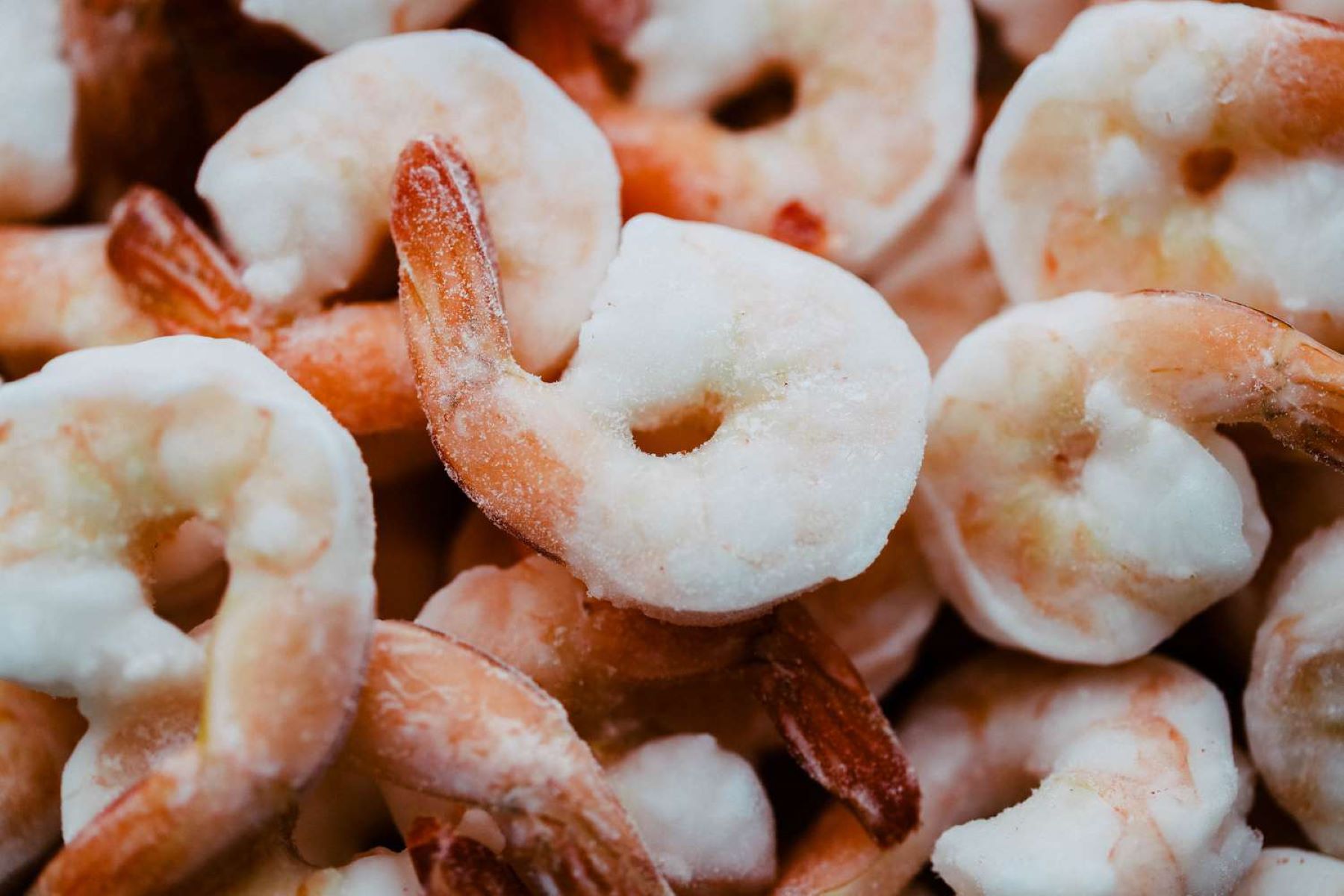

Articles
How To Store Thawed Shrimp
Modified: May 6, 2024
Learn the best methods for storing thawed shrimp with our informative articles. Keep your shrimp fresh and delicious with our helpful tips.
(Many of the links in this article redirect to a specific reviewed product. Your purchase of these products through affiliate links helps to generate commission for Storables.com, at no extra cost. Learn more)
Introduction
Welcome to our guide on how to properly store thawed shrimp! Whether you’ve recently thawed shrimp for a delicious seafood feast or ended up with leftovers after a meal, knowing how to store them correctly is essential to maintain their freshness and flavor. Proper storage techniques not only help preserve the quality of the shrimp but also ensure their safety for consumption.
Thawed shrimp are highly perishable and can spoil quickly if not stored correctly. Bacteria can multiply rapidly in warm and moist environments, leading to foodborne illnesses. To prevent this, it’s important to follow specific guidelines for storing thawed shrimp to keep them in optimal condition.
In this article, we will unpack the process of storing thawed shrimp effectively. We will cover the steps you should follow, common mistakes to avoid, and provide insights on how long thawed shrimp can be stored. By following these guidelines, you can prolong the shelf life of your shrimp, reducing waste and ensuring that you can enjoy them at a later time.
Key Takeaways:
- Properly storing thawed shrimp is essential for maintaining their freshness and safety. Follow the step-by-step techniques to rinse, choose an airtight container, add a moisture barrier, label, and store in the refrigerator or freezer.
- Avoid common mistakes such as neglecting to rinse and dry the shrimp, using improper storage containers, and storing shrimp at incorrect temperatures. Adhere to proper storage guidelines to ensure the quality and safety of the shrimp.
Understanding Thawed Shrimp
Before diving into proper storage techniques, it’s important to understand the characteristics of thawed shrimp. When frozen shrimp are thawed, they undergo a change in texture and moisture content. Thawing restores the shrimp to their original state before freezing, making them more delicate and vulnerable to spoilage.
Thawed shrimp are highly perishable and can spoil quickly due to the presence of bacteria. These bacteria can multiply rapidly in warm and moist conditions, which is why it’s crucial to handle and store thawed shrimp properly.
Additionally, thawed shrimp may have a slightly different texture compared to freshly harvested or recently cooked shrimp. Freezing and thawing can cause the shrimp’s cell structure to change, resulting in a softer or slightly mushy texture. While this change in texture may not affect the shrimp’s taste or safety, it’s important to note that thawed shrimp may not have the same firmness as fresh shrimp.
By understanding the characteristics of thawed shrimp, you can take the necessary precautions to ensure they are stored in a way that maintains their quality and minimizes the risk of spoilage.
Proper Storage Techniques
Proper storage techniques are crucial to preserving the quality and safety of thawed shrimp. Follow these steps to ensure that your shrimp remain fresh and ready to enjoy:
- Step 1: Rinse and Pat Dry
- Step 2: Choose an Airtight Container
- Step 3: Add a Moisture Barrier
- Step 4: Label and Date the Container
- Step 5: Store in the Refrigerator or Freezer
Before storing thawed shrimp, give them a quick rinse under cold water to remove any residual ice crystals or debris. After rinsing, gently pat them dry with a paper towel. Excess moisture can promote the growth of bacteria, so ensuring that the shrimp are dry is important.
Transfer the rinsed and dried shrimp to an airtight container. This can be a glass or plastic container with a tight-fitting lid. A resealable freezer bag is also a suitable option. The key is to prevent air from entering the container, as this can accelerate the spoiling process.
To further protect the shrimp from moisture, place a moisture barrier at the bottom of the container. This can be a layer of paper towels or a sheet of plastic wrap. The moisture barrier helps absorb any excess moisture and keeps the shrimp dry during storage.
Labeling and dating the container is essential for proper organization and to ensure that you consume the thawed shrimp within the recommended time frame. Use a waterproof marker to label the container with the date of thawing or the “use by” date. This will help you keep track of how long the shrimp have been stored.
Place the airtight container with the shrimp in the refrigerator if you plan on using them within the next two days. For longer storage, transfer the container to the freezer. If using a freezer bag, make sure to remove as much air as possible before sealing it.
By following these proper storage techniques, you can maintain the quality and safety of your thawed shrimp, ensuring that they are ready to be cooked and enjoyed whenever you desire.
Step 1: Rinse and Pat Dry
When handling thawed shrimp for storage, it is crucial to start by rinsing and patting them dry. This step helps remove any residual ice crystals, debris, or excess moisture, which can impact the quality and safety of the shrimp during storage.
Here’s how to properly rinse and pat dry thawed shrimp:
- Rinse under cold water: Hold the thawed shrimp under cold running water. Gently massage them with your hands to remove any ice or debris that may have accumulated during the thawing process. The cold water also helps to close the shrimp’s pores, retaining their natural juices and preventing the loss of flavor.
- Inspect for any remaining ice: After rinsing, carefully inspect the shrimp to ensure that no ice crystals remain. Removing any remaining ice is important, as it can lead to excess moisture in the storage container, facilitating bacterial growth and compromising the quality of the shrimp.
- Pat dry with a paper towel: Once you have rinsed the thawed shrimp, gently pat them dry using a clean paper towel. Pay attention to any excess moisture and make sure to remove it thoroughly. This step is essential, as excess moisture can create a breeding ground for bacteria, potentially leading to spoilage.
By rinsing and patting dry the thawed shrimp before storage, you remove any unwanted contaminants while minimizing moisture, extending the shelf life of the shrimp, and preserving their quality and flavor.
Step 2: Choose an Airtight Container
Choosing the right container for storing thawed shrimp is essential to maintain their freshness and prevent contamination. An airtight container provides a protective barrier, keeping air out and reducing the risk of spoilage.
Here’s how to choose an appropriate airtight container for storing thawed shrimp:
- Select a suitable container: Opt for a glass or plastic container with a tight-fitting lid. Ensure that the container is clean and free from any residues that might contaminate the shrimp.
- Consider the size: Choose a container that is appropriately sized for the quantity of thawed shrimp you are storing. It’s important to leave some space at the top of the container to allow for expansion if you are planning to freeze the shrimp.
- Prevent air exposure: Air exposure can lead to oxidation and decrease the shrimp’s shelf life. Therefore, it’s crucial to select a container that effectively seals out air. The lid should fit tightly, creating a secure seal that minimizes air exchange.
- Transparent containers are preferable: Using transparent containers allows you to easily identify the contents and check for any signs of spoilage or freezer burn. This makes it easier to monitor the condition of the shrimp without having to open the container.
Choosing an airtight container for storing thawed shrimp helps to maintain their freshness and protects them from external contaminants. It also reduces the risk of bacterial growth and helps preserve the shrimp’s flavor and texture for a longer period.
Read more: How To Store Shrimp
Step 3: Add a Moisture Barrier
Adding a moisture barrier is an important step in storing thawed shrimp. The moisture barrier helps absorb any excess moisture and prevents it from coming into direct contact with the shrimp, which can lead to bacterial growth and spoilage. It acts as an additional protective layer to maintain the quality and texture of the shrimp during storage.
Here’s how to add a moisture barrier when storing thawed shrimp:
- Choose the right material: Consider using paper towels or plastic wrap as a moisture barrier. Both options provide effective absorbency and help to keep the shrimp dry.
- Layer the container: Place a layer of paper towels or plastic wrap at the bottom of the airtight container. This barrier helps absorb any excess moisture that may accumulate during storage.
- Separate layers, if necessary: If you are storing a large quantity of shrimp or plan to stack them, consider adding additional layers of the moisture barrier between the individual layers. This prevents them from sticking together and makes it easier to retrieve smaller portions when needed.
- Replace the moisture barrier: If you notice that the moisture barrier becomes damp or saturated during storage, it’s essential to replace it with a fresh layer. This ensures that the shrimp remain dry and avoids creating an environment for bacterial growth.
By adding a moisture barrier, you create a protective layer that helps to keep the thawed shrimp dry and prevents excess moisture from accumulating. This simple step aids in preserving the texture, quality, and flavor of the shrimp during storage.
Store thawed shrimp in the refrigerator in an airtight container or resealable bag for up to 2 days. Make sure to pat the shrimp dry with paper towels before storing to prevent excess moisture.
Step 4: Label and Date the Container
Labeling and dating the container is an important step in the proper storage of thawed shrimp. It allows you to keep track of when the shrimp were thawed and provides guidance on their freshness and safety for consumption. Proper labeling ensures that you use the shrimp within the recommended time frame, avoiding any potential risks associated with consuming spoiled seafood.
Here’s how to label and date the container when storing thawed shrimp:
- Use a waterproof marker: Choose a waterproof marker specifically designed for use on food storage containers. This ensures that the label remains intact even in humid conditions.
- Write the date of thawing: Clearly write the date when you thawed the shrimp on the container. This helps you keep track of how long the shrimp have been in storage, allowing you to use them within the recommended time frame.
- Include a “use by” date: If you’re aware of the recommended shelf life for thawed shrimp, you can add a “use by” date to the label. This indicates the last day on which you should consume the shrimp to ensure their quality and freshness.
- Place the label on the container: Attach the label to the lid or side of the container to ensure it remains visible. Avoid placing it directly on the shrimp, as this could contaminate them and make the label difficult to read.
By labeling and dating the container, you can easily keep track of the thawed shrimp’s storage duration and ensure they are used within the recommended time frame. This practice helps to maintain the quality and safety of the shrimp, allowing you to enjoy them at their best.
Step 5: Store in the Refrigerator or Freezer
After properly preparing the thawed shrimp and ensuring they are in an airtight container, it’s time to store them in either the refrigerator or the freezer. The choice of storage method depends on when you plan to use the shrimp and the desired shelf life.
Here’s how to store thawed shrimp in the refrigerator or freezer:
- Refrigerator storage: If you plan to use the shrimp within the next two days, store the container in the refrigerator. The cool temperature of the refrigerator slows down bacterial growth, prolonging the shelf life of the shrimp. Make sure the refrigerator temperature is set at 40°F (4°C) or below to ensure optimal food safety.
- Freezer storage: If you don’t plan to use the shrimp within the next two days, transfer the container to the freezer. The freezer will preserve the shrimp for a longer period, extending their shelf life. Ensure that the freezer is set at 0°F (-18°C) or below for proper freezing and to maintain the quality of the shrimp.
- Allow space for expansion: If using a container with a lid, leave some space at the top to account for the expansion that occurs when the shrimp freezes. This prevents the container from cracking and helps retain the airtight seal.
- Consider portioning: If you anticipate using smaller quantities of shrimp at a time, consider portioning them before freezing. This allows you to easily thaw only the amount you need, reducing waste and ensuring the rest of the shrimp remain frozen and fresh.
- Properly close freezer bags: If using resealable freezer bags, make sure to remove as much air as possible before sealing them tightly. This minimizes the chance of freezer burn and preserves the quality of the shrimp.
By storing thawed shrimp in either the refrigerator or freezer, following the appropriate temperature guidelines, and considering portioning, you can extend the shelf life of the shrimp and ensure they remain safe and flavorful until you’re ready to use them.
Common Mistakes to Avoid
When it comes to storing thawed shrimp, there are a few common mistakes that should be avoided to maintain their quality and safety. Pay attention to these pitfalls to ensure you’re properly storing your shrimp:
- Not rinsing and patting dry: Skipping the step of rinsing and patting dry the thawed shrimp before storage can lead to excess moisture, promoting bacterial growth and accelerating spoilage. Always take the time to rinse and dry the shrimp thoroughly.
- Using improper storage containers: Using containers that are not airtight can allow air and moisture to enter, compromising the quality and freshness of the shrimp. Choose containers with tight-fitting lids that create a secure seal to keep out air and contaminants.
- Neglecting a moisture barrier: Failing to add a moisture barrier, such as paper towels or plastic wrap, can result in excess moisture accumulating in the container, leading to a higher risk of bacterial growth and spoilage. Always include a moisture barrier to keep the shrimp dry during storage.
- Not labeling and dating: Neglecting to label and date the container can make it challenging to track the storage duration and increase the likelihood of consuming shrimp past their recommended use-by date. Take the time to clearly label and date the container for proper organization and timely consumption.
- Storing shrimp at improper temperatures: Storing thawed shrimp at temperatures above 40°F (4°C) in the refrigerator or above 0°F (-18°C) in the freezer can accelerate spoilage. Ensure that your refrigerator and freezer temperatures are set correctly to maintain the integrity and safety of the shrimp.
- Ignoring freezer burn: Freezer burn occurs when the shrimp are exposed to air, leading to dehydration and a loss of quality. Make sure to properly seal containers or freezer bags, removing excess air, to prevent freezer burn from occurring.
By avoiding these common mistakes, you can ensure that the thawed shrimp are stored properly, maintaining their freshness, and minimizing the risk of spoilage or foodborne illnesses. Taking the extra care and attention in storing your shrimp can result in delicious and safe seafood for future meals.
Read more: How To Store Thawed Chicken
How Long Can Thawed Shrimp be Stored?
The storage duration of thawed shrimp depends on whether you are storing them in the refrigerator or freezer. It’s important to be mindful of these timeframes to ensure the shrimp remain safe and retain their quality. Here are some guidelines on how long thawed shrimp can be stored:
In the Refrigerator:
Thawed shrimp can be stored in the refrigerator for up to 2 days. It’s essential to keep the shrimp at a temperature of 40°F (4°C) or below to prevent bacterial growth and ensure food safety. After the 2-day mark, the shrimp may start to lose their freshness and their quality may deteriorate. It’s best to consume them within this time frame or consider transferring them to the freezer for longer storage.
In the Freezer:
If you plan to store thawed shrimp for a longer period, the freezer is your best option. When properly stored in an airtight container or freezer bag, shrimp can be stored in the freezer for up to 3 to 6 months. It’s important to maintain a freezer temperature of 0°F (-18°C) or below to ensure optimal quality and safety. Beyond the recommended storage time, the shrimp may still be safe to eat but may experience a decline in quality, such as texture changes or loss of flavor.
Keep in mind that these timeframes are general guidelines and can vary depending on factors such as the initial freshness of the shrimp and how well they are stored. Always use your best judgment and perform visual and sensory inspections to assess the quality of the shrimp before consuming them.
Additionally, it’s worth noting that if the shrimp were previously frozen and have undergone the thawing process, it’s generally not recommended to refreeze them again unless they have been cooked. Freezing and thawing can affect the texture and quality of the shrimp, so it’s best to consume them after thawing or cook them before freezing.
By understanding the recommended storage durations for thawed shrimp and following proper storage techniques, you can ensure the shrimp remain fresh, safe, and of high quality for your enjoyment.
Thawing and Reusing Frozen Shrimp
Thawing frozen shrimp properly is important to ensure their safety and quality. When it comes to reusing frozen shrimp, it’s essential to follow appropriate thawing methods and handle them with care. Here’s what you need to know about thawing and reusing frozen shrimp:
Thawing Frozen Shrimp:
The recommended method for thawing frozen shrimp is to do so gradually in the refrigerator. This method allows for a slow thawing process, which helps maintain the texture and flavor of the shrimp. Simply transfer the frozen shrimp to a container and place it in the refrigerator for 24 hours or until fully thawed. Once thawed, the shrimp can be used immediately or stored in the refrigerator for up to 2 days.
Avoid thawing frozen shrimp at room temperature or using hot water, as this can cause rapid thawing and increase the risk of bacterial growth. Additionally, avoid refreezing thawed shrimp unless they have been cooked, as the texture and quality may be compromised.
Reusing Thawed Shrimp:
Once properly thawed, you can reuse frozen shrimp in various dishes. Whether you want to add them to pasta, stir-fries, or seafood salads, thawed shrimp can be a versatile ingredient. It’s important to note that the texture of previously frozen shrimp might be slightly softer compared to fresh shrimp, but they can still be delicious and enjoyable.
When reusing thawed shrimp, make sure to cook them thoroughly to kill any bacteria or pathogens that may be present. You can cook shrimp by sautéing, grilling, baking, or boiling them according to your preferred recipe. Ensure that the internal temperature of the shrimp reaches 145°F (63°C) to ensure they are fully cooked and safe to eat.
It’s important to note that if you do not plan to use all the thawed shrimp at once, it’s best to portion them before cooking. This way, you can avoid refreezing already thawed shrimp and minimize potential quality loss.
By following proper thawing methods and cooking the shrimp thoroughly, you can safely and deliciously reuse previously frozen shrimp in a variety of dishes. Enjoy the convenience and versatility of frozen shrimp while ensuring the overall quality and safety of your meals.
Conclusion
Properly storing thawed shrimp is crucial to maintain their freshness, quality, and safety. By following the step-by-step techniques outlined in this guide, you can ensure that your thawed shrimp remains in optimal condition until you’re ready to use them. Rinse and pat dry the shrimp, choose an airtight container, add a moisture barrier, label and date the container, and store the shrimp in the refrigerator or freezer based on your intended use.
Avoid common mistakes such as skipping the rinsing and drying process, using improper storage containers, neglecting a moisture barrier, failing to label and date the container, storing shrimp at incorrect temperatures, and ignoring freezer burn. These mistakes can lead to the deterioration of the shrimp’s quality and increase the risk of spoilage or foodborne illnesses.
Remember, thawed shrimp can be stored in the refrigerator for up to 2 days, while freezer storage can extend their shelf life to 3 to 6 months. Be sure to adhere to proper storage temperatures and guidelines to ensure the quality and safety of the shrimp. Additionally, consider the thawing and reusing process for frozen shrimp, following recommended thawing methods and thoroughly cooking the shrimp before consuming.
By implementing these storage techniques and understanding how to handle thawed shrimp, you can minimize waste, maximize freshness, and enjoy delicious seafood dishes with confidence. So, the next time you have thawed shrimp on hand, use these guidelines to store them properly and savor every flavorful bite.
Now that you've mastered storing thawed shrimp, why not refine your overall food preservation skills? Our next feature on the best food storage methods for the upcoming year offers a wealth of practical advice, ensuring your groceries remain fresh and tasty longer. Perfect your kitchen prowess with these smart solutions and say farewell to food spoilage.
Frequently Asked Questions about How To Store Thawed Shrimp
Was this page helpful?
At Storables.com, we guarantee accurate and reliable information. Our content, validated by Expert Board Contributors, is crafted following stringent Editorial Policies. We're committed to providing you with well-researched, expert-backed insights for all your informational needs.
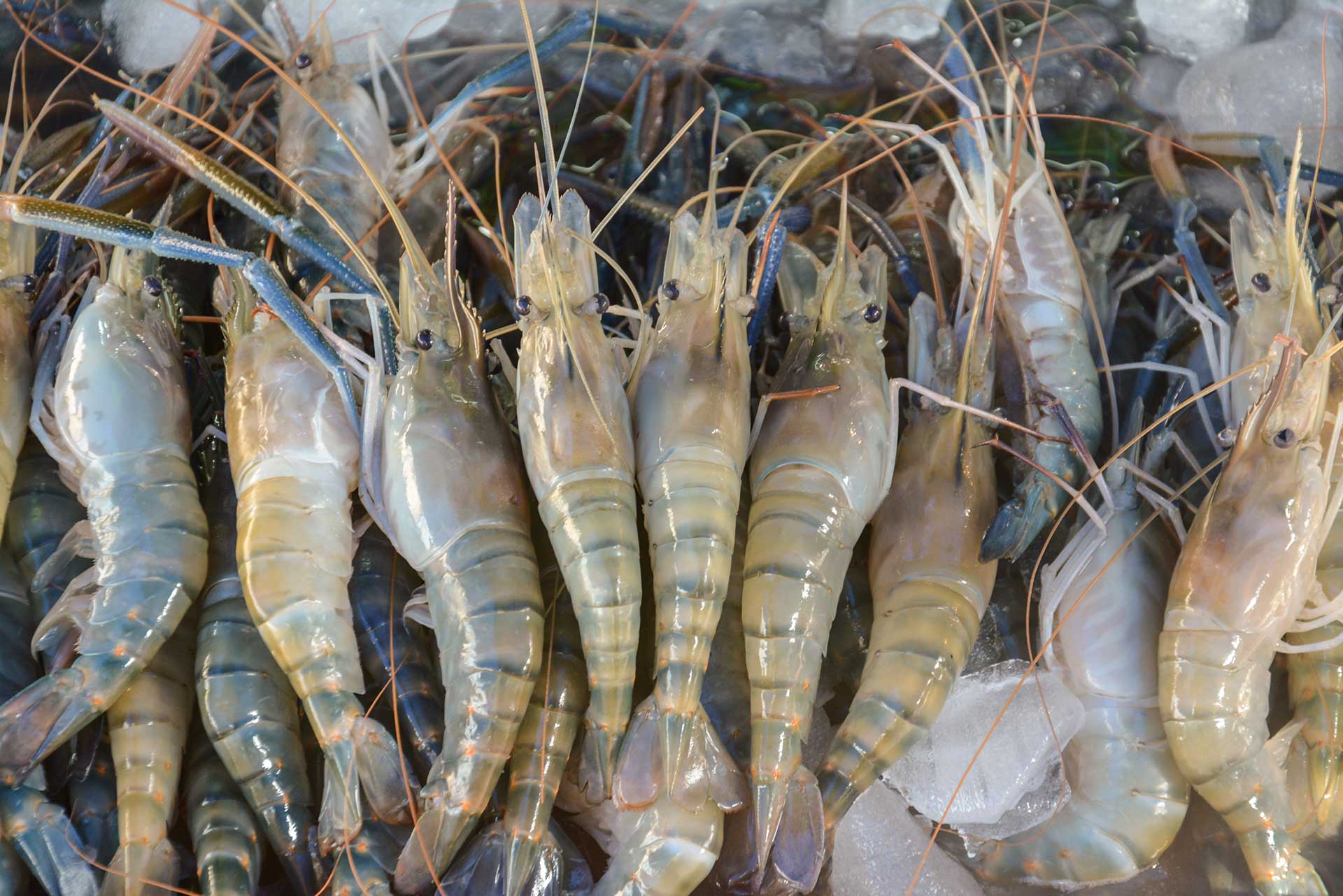
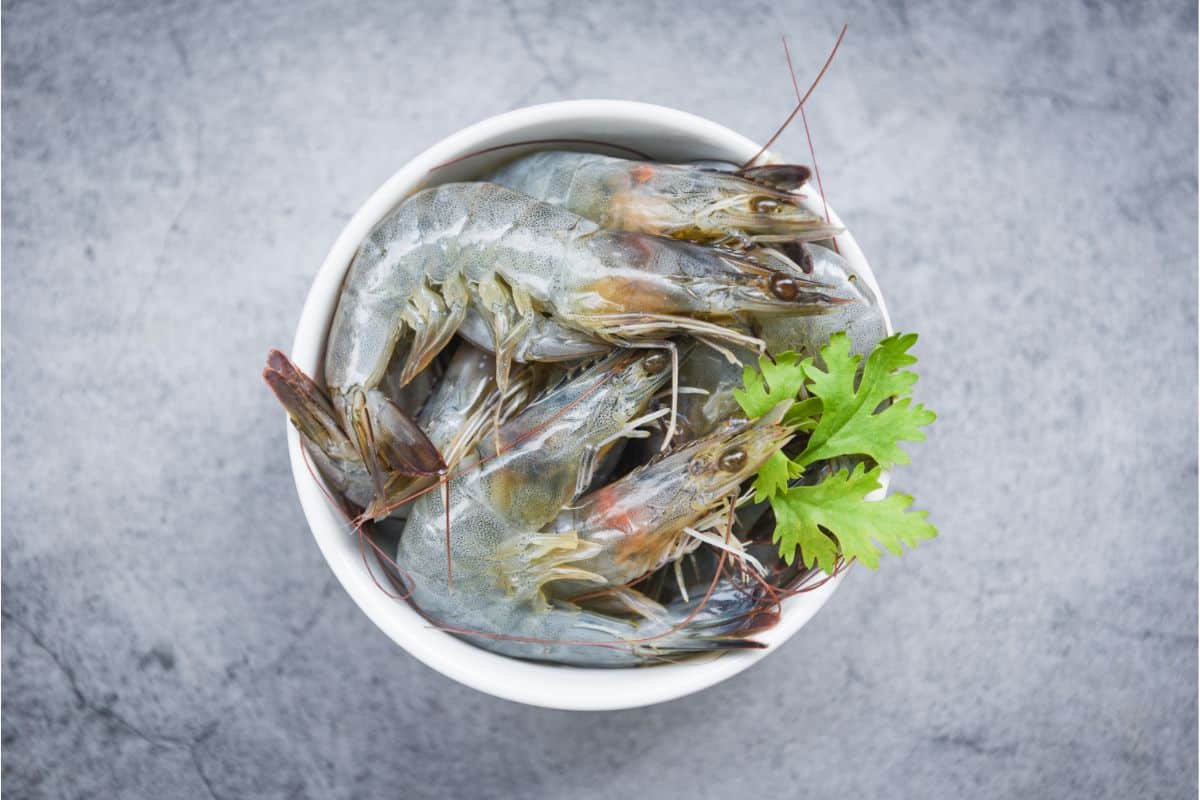
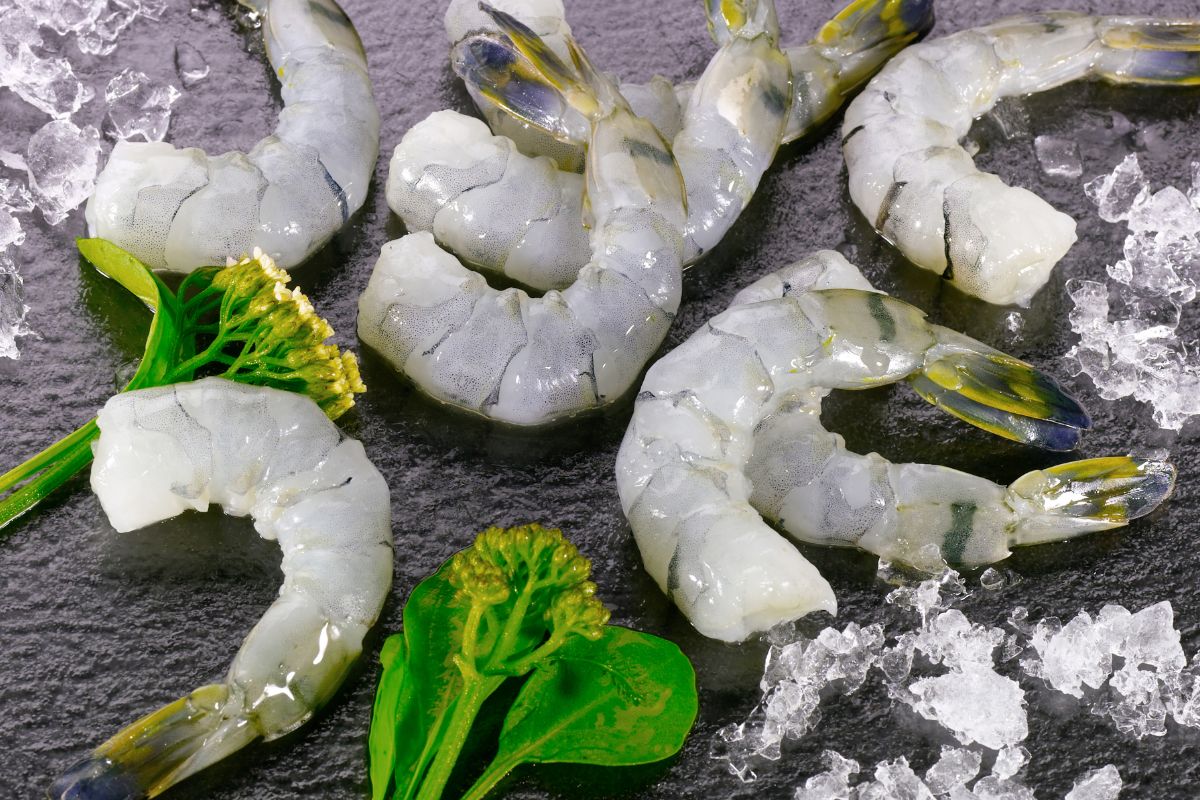
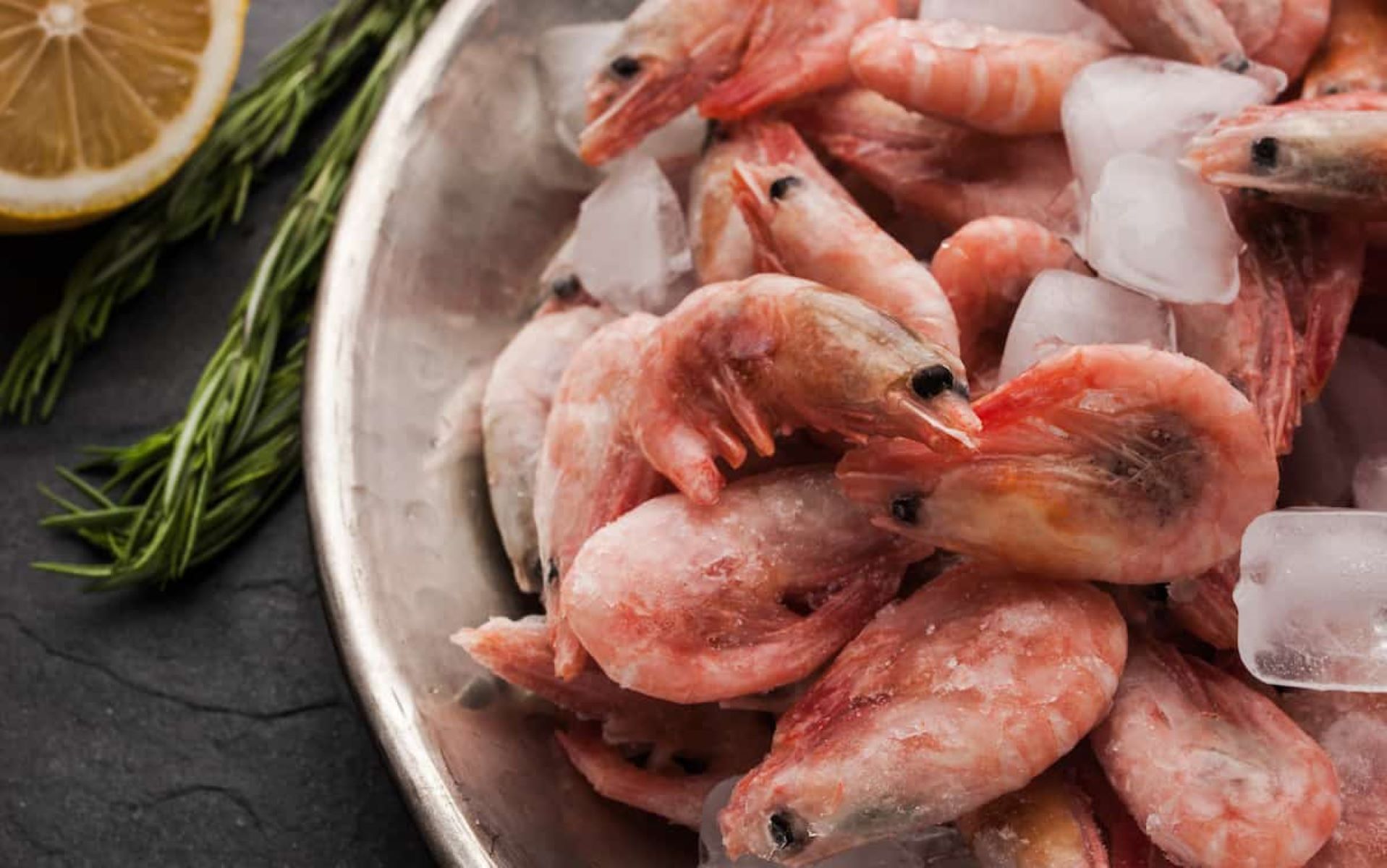
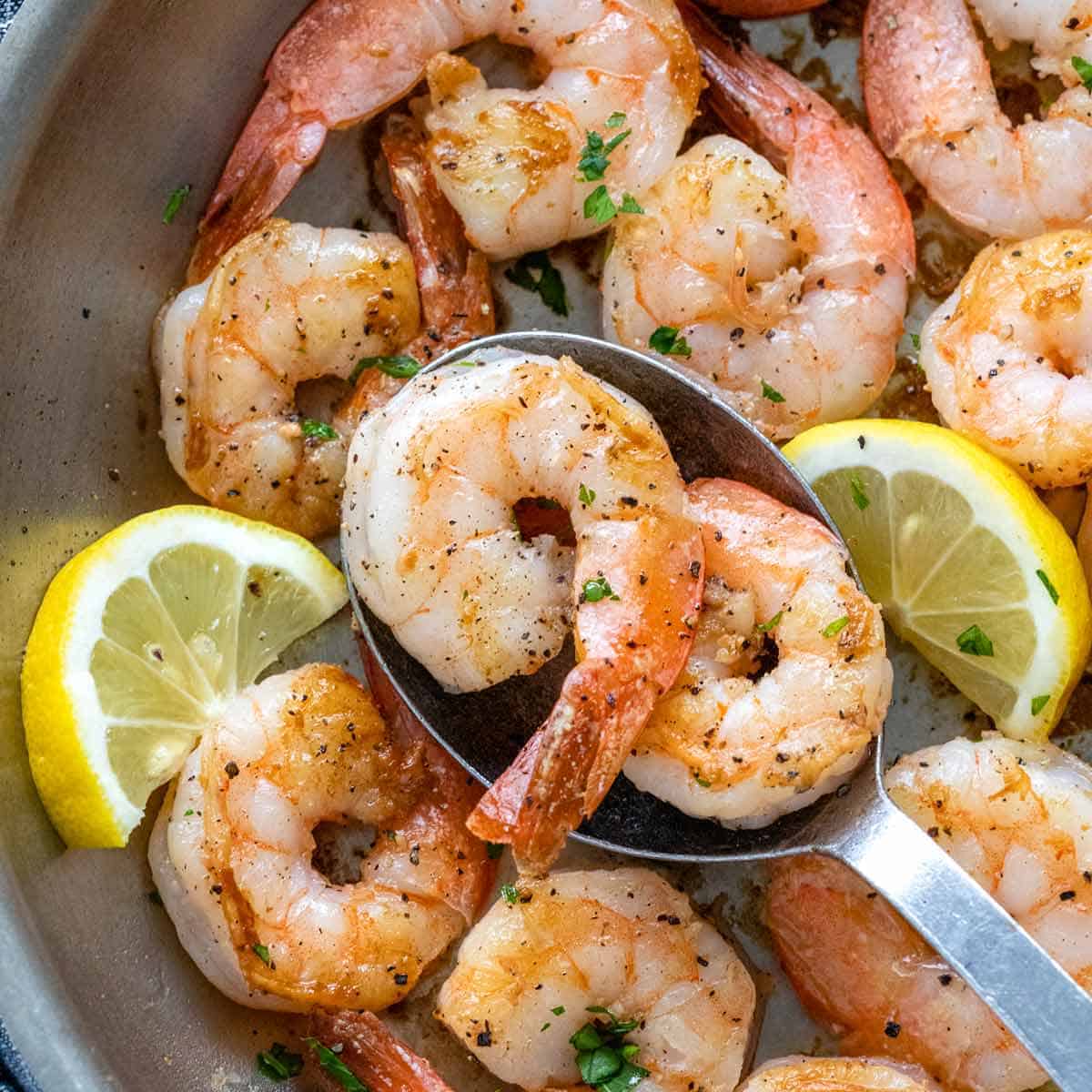
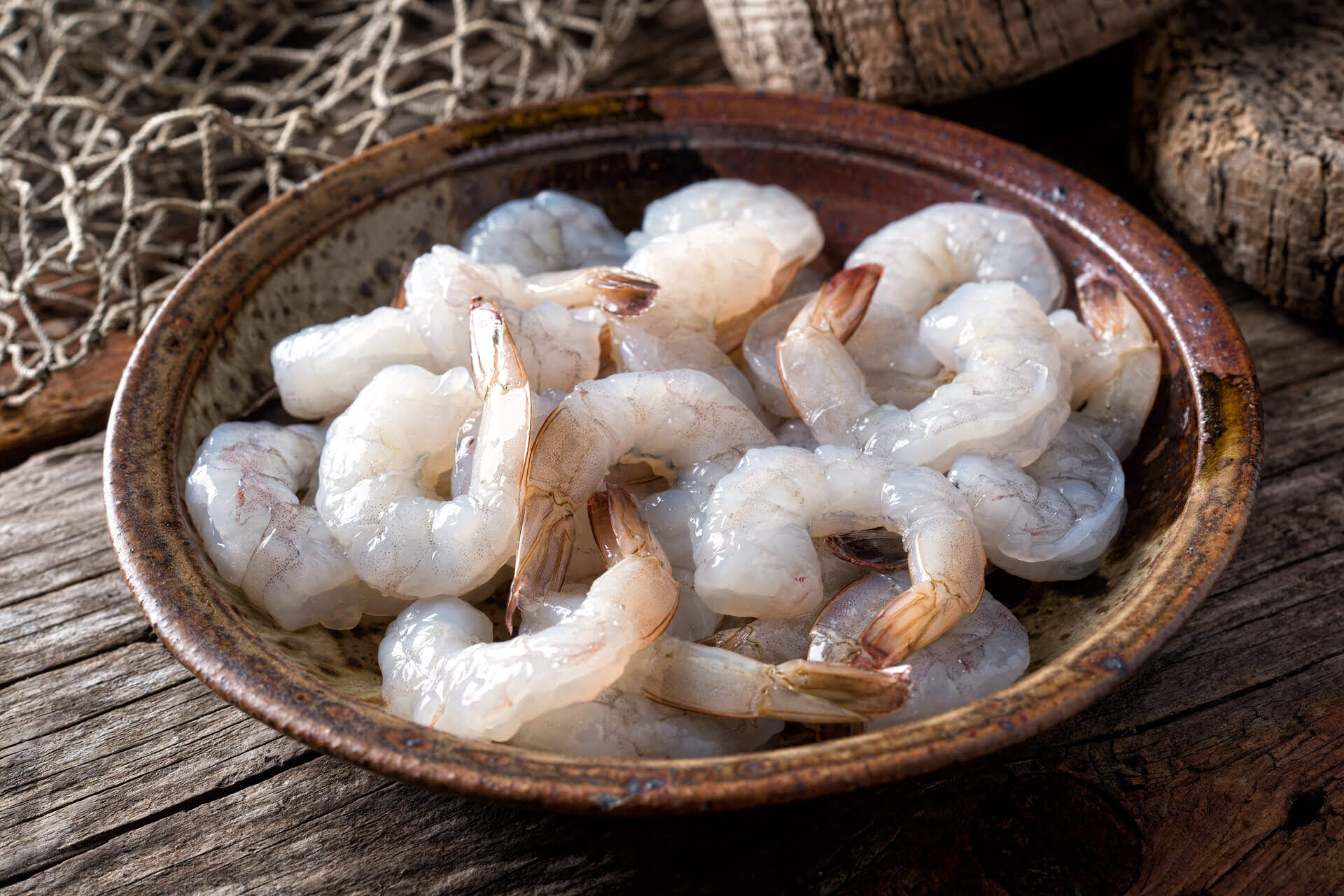
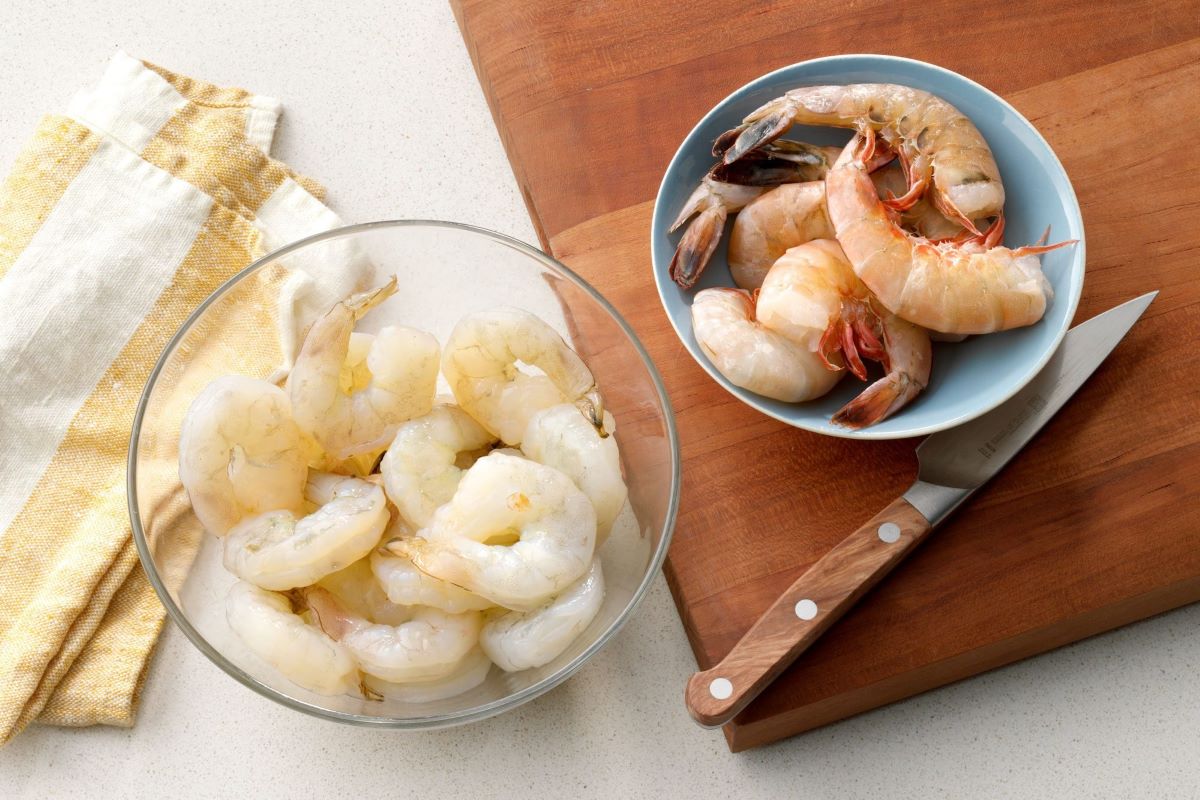
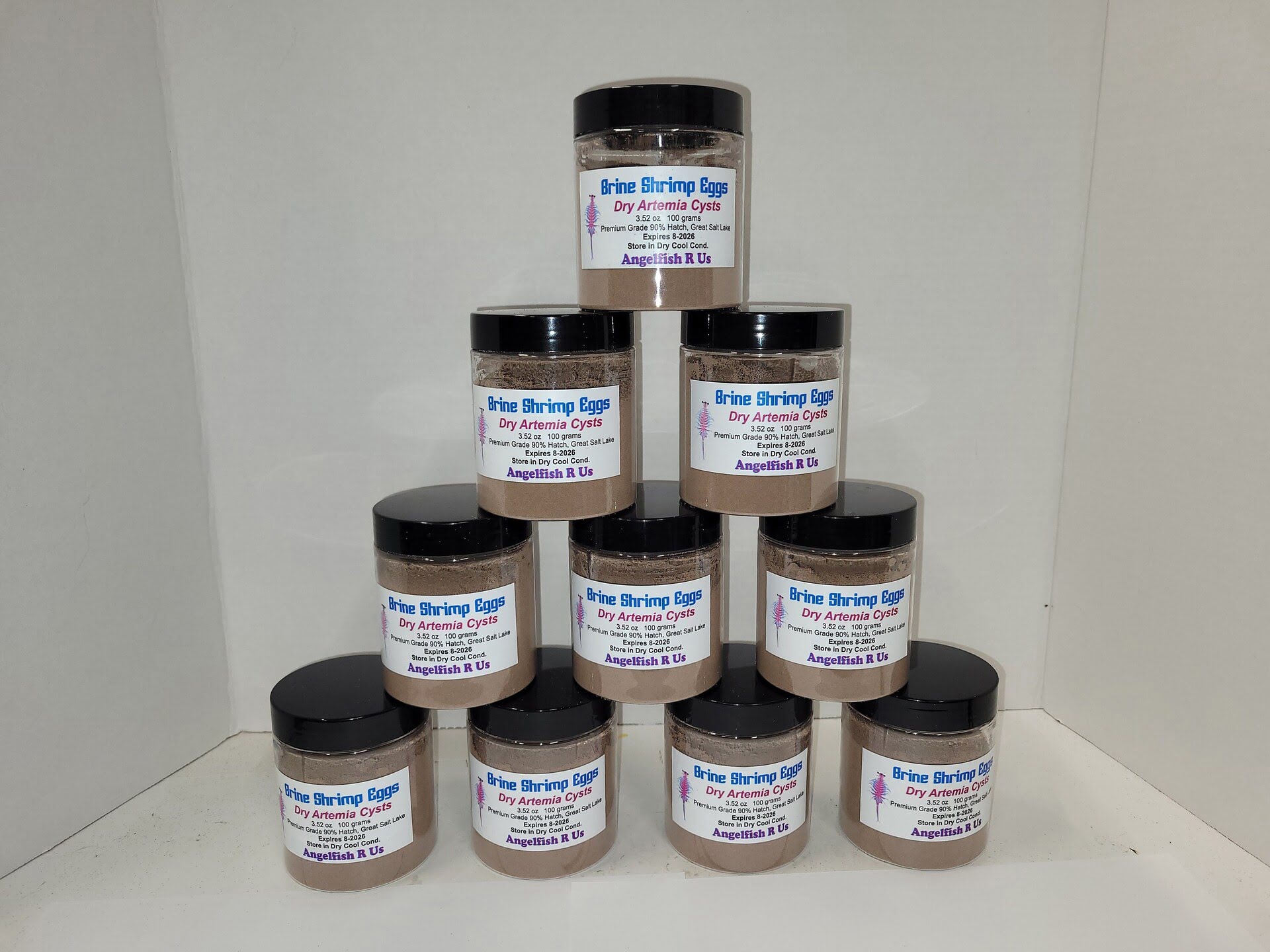
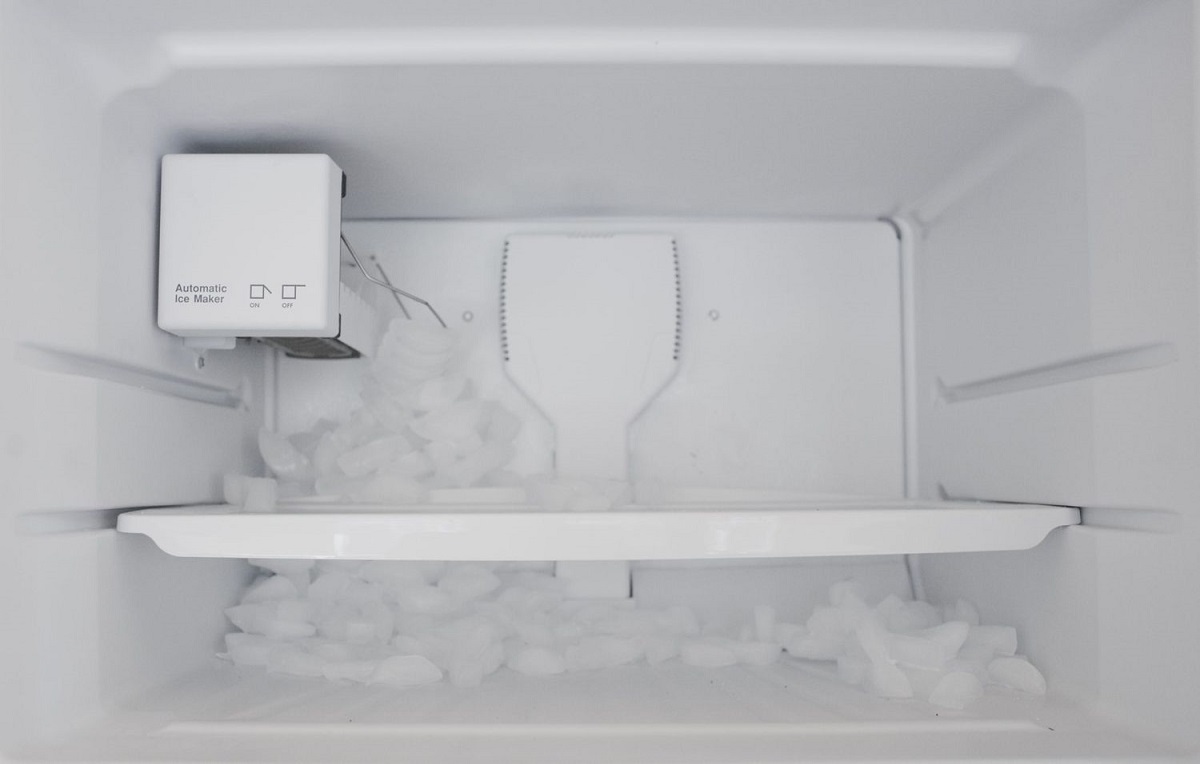
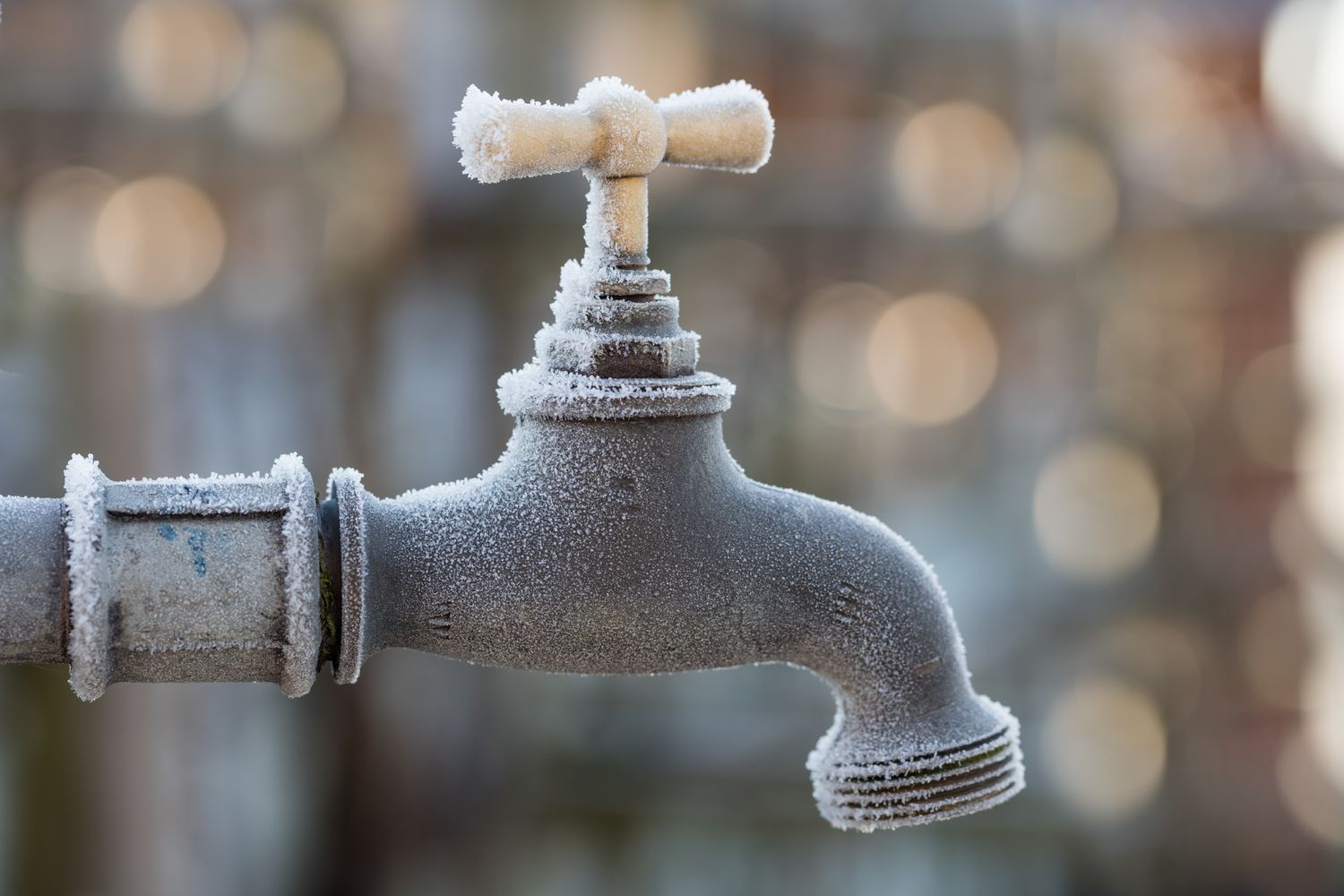
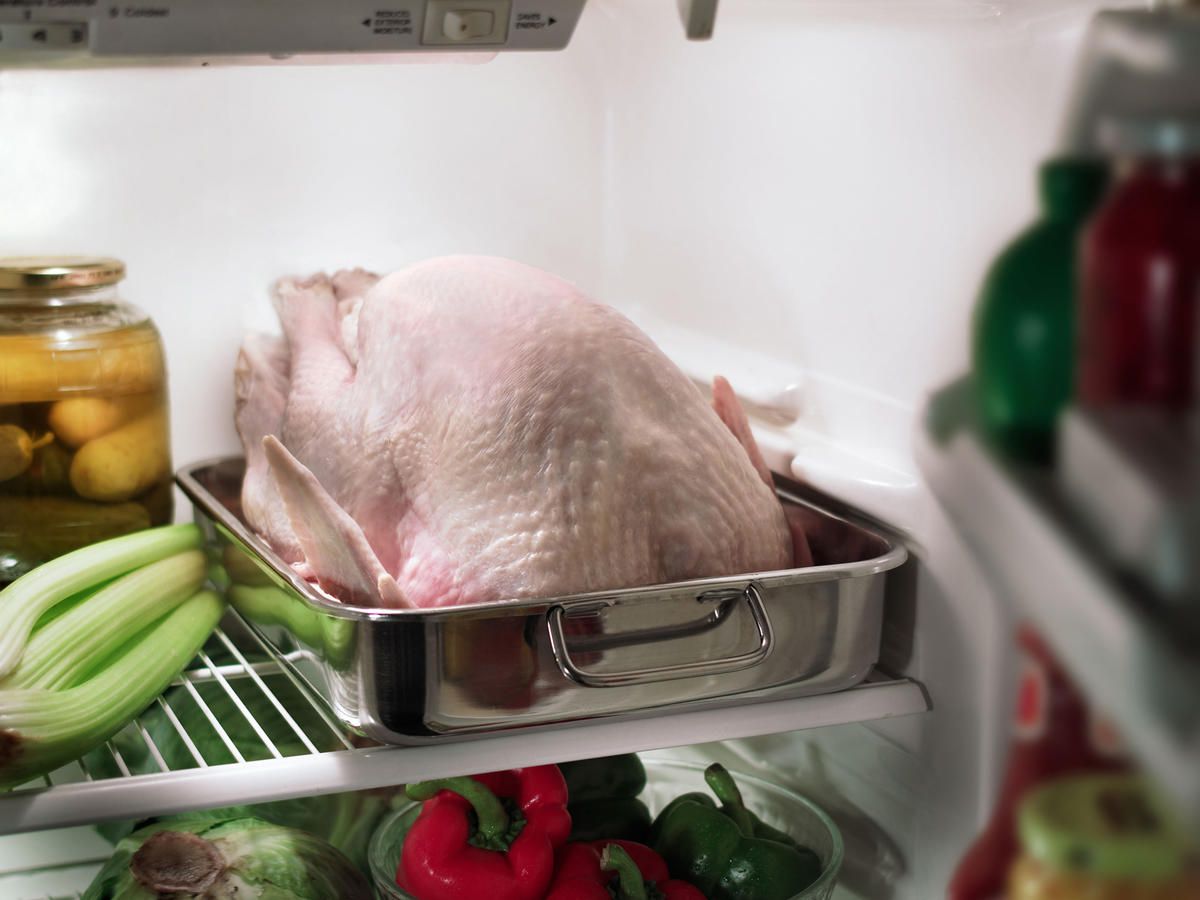
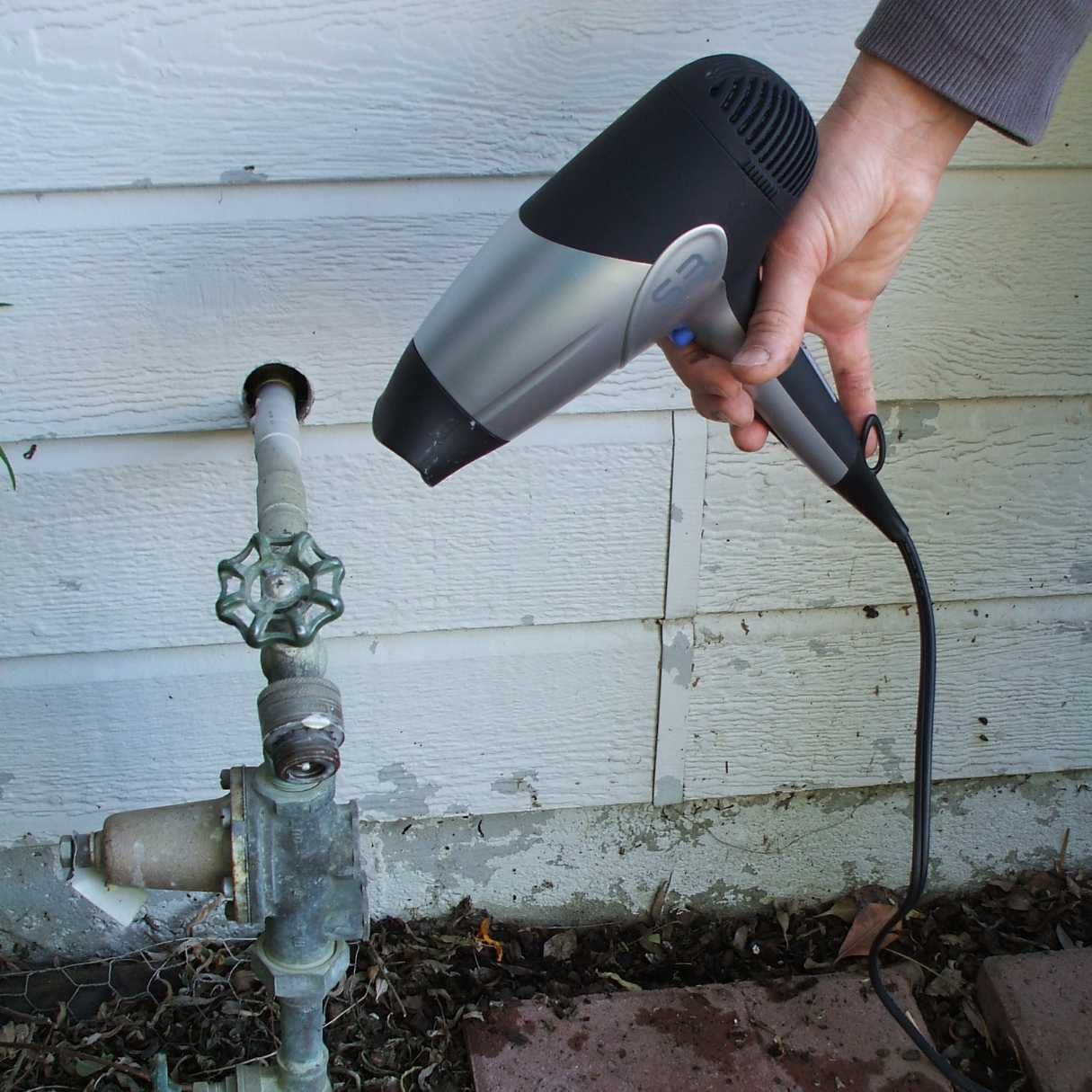
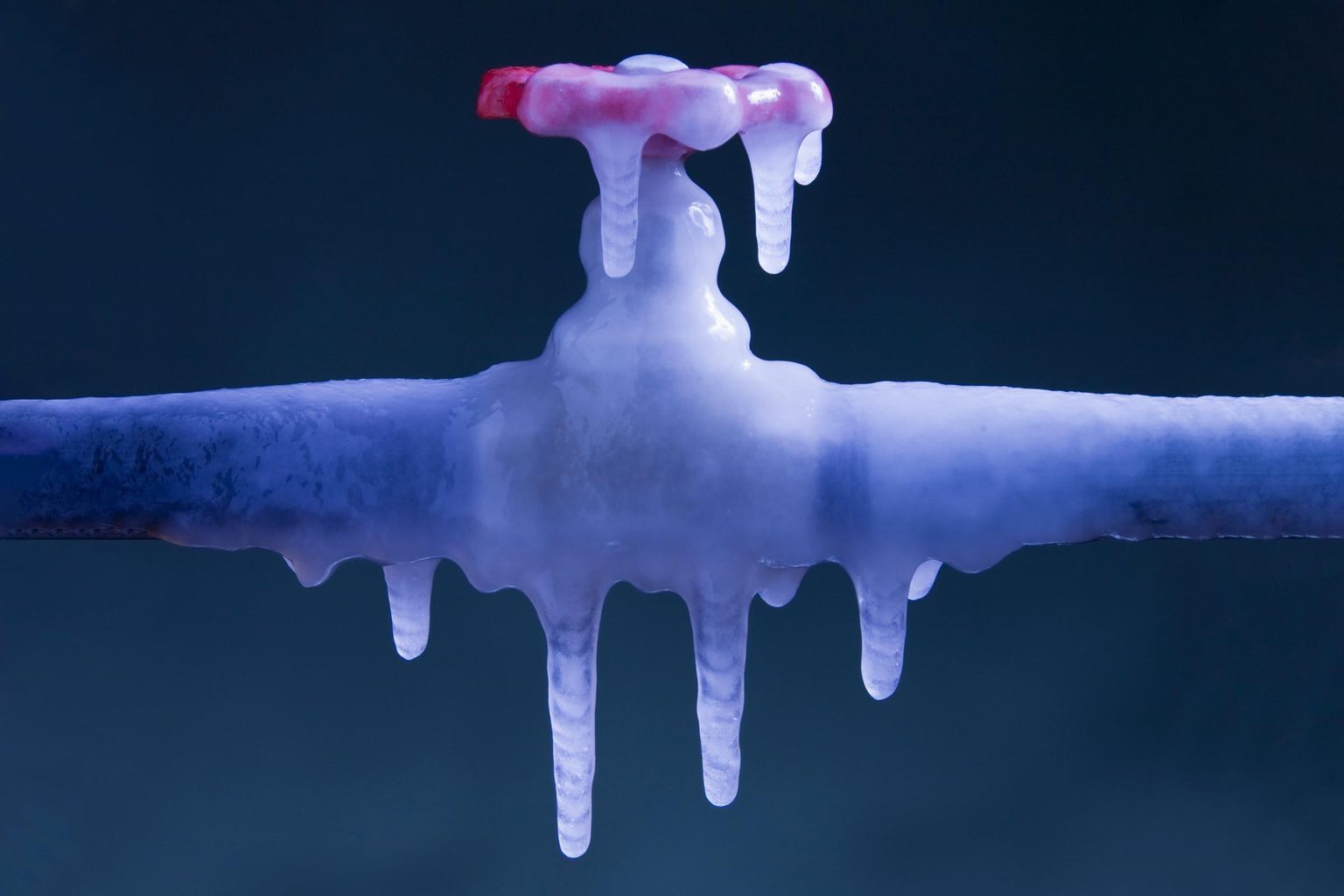

0 thoughts on “How To Store Thawed Shrimp”